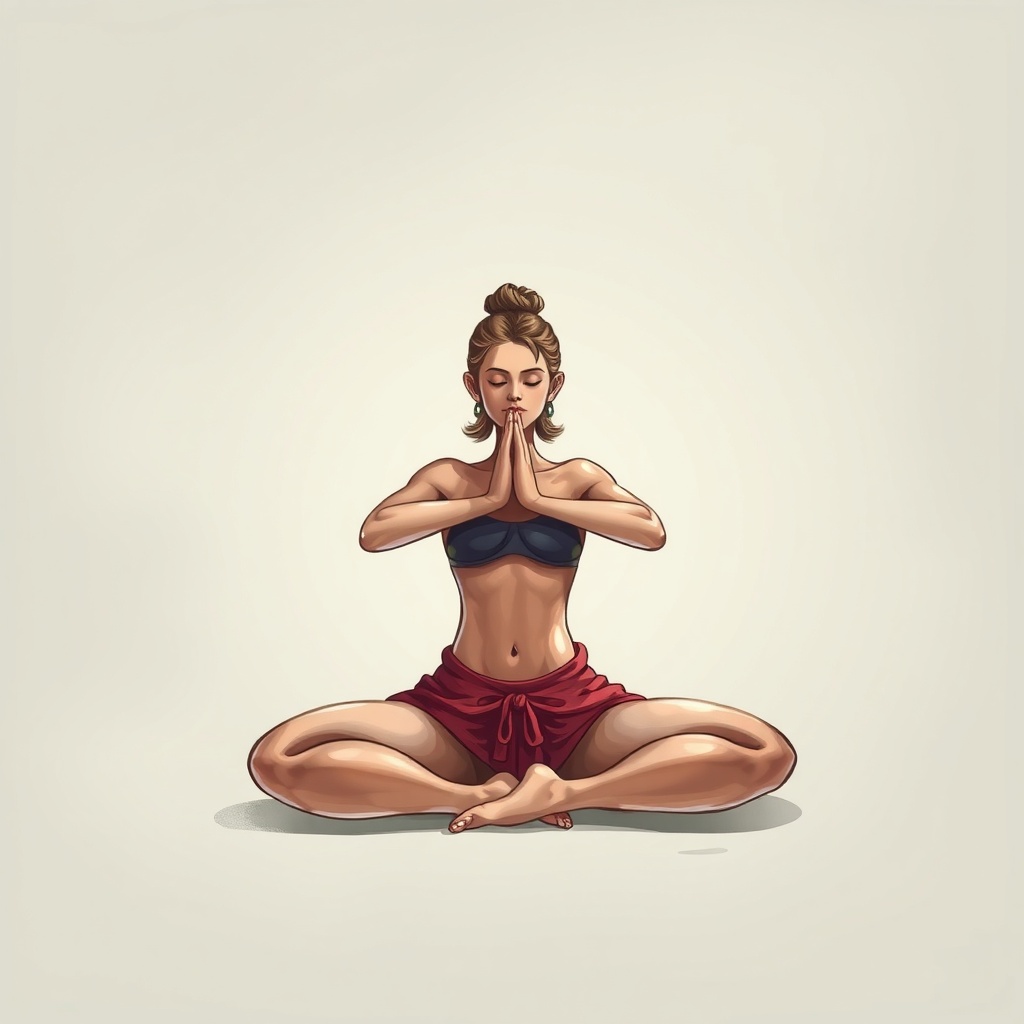20-Minute Daily Yoga Routine for Stress Relief and Improved Mobility
Modern life often compresses movement and expands stress. A concise yoga practice can restore calm, increase mobility, and fit into even the busiest day.
This 20-minute routine blends breathwork, gentle flow, and restorative holds to deliver immediate relief and long-term benefits when practiced consistently.
Why short daily practice works
Short, regular sessions build habit and reduce decision friction. Even brief daily movement improves joint range of motion, reduces muscle tension, and helps regulate the nervous system. For many people, consistency matters more than intensity.
How to start: setup and safety
– Space: clear a small area with a yoga mat. Use a cushion, strap, and block or sturdy book if available.
– Warmth: wear comfortable layers that allow movement.
– Contraindications: skip or modify poses during acute injury, pregnancy without guidance, or if a healthcare provider advises against certain movements. Move with awareness and avoid sharp pain.
Breath primer (2 minutes)
Begin seated or lying on your back.
Close the eyes and take 6–8 slow, full breaths.
Use diaphragmatic breathing: inhale through the nose filling the belly, exhale through the nose or mouth, allowing the belly to soften. Breath anchors the practice and shifts the nervous system toward calm.
Dynamic warm-up (4 minutes)
– Cat-Cow (1 minute): On hands and knees, inhale to arch the spine and lift the gaze (Cow), exhale to round and tuck the chin (Cat). Move with the breath.
– Thread the Needle (1 minute each side): From hands and knees, slide one arm under the opposite armpit and rest the shoulder/temple on the mat to open the upper back.
– Downward Face-Down Flow (2 minutes): From tabletop, tuck toes, lift hips into Downward Dog, pedal the feet to warm calves, then lower to Plank and shift into Child’s Pose.
Repeat a few cycles.
Focused flow for mobility (8 minutes)

Perform each pose for 3–5 breaths, moving with the inhale and exhale:
– Low Lunge with Shoulder Opener: Step one foot forward between the hands, keep the back knee down. Sweep arms up and interlace fingers behind the back to open the chest.
– Lizard Pose (option to use a block under hands): Bring forearms to the mat for deeper hip opening.
– Half Splits: Shift hips back and fold over the front leg to lengthen the hamstrings.
Repeat on the other side.
Transition through gentle twists seated or in a kneeling lunge to maintain spinal mobility.
Strength and balance (3 minutes)
– Chair Pose to Standing: From standing, inhale to Utkatasana (Chair Pose), engage core, exhale to stand. Repeat 5–8 times to build leg strength and heat.
– Tree Pose (1 minute each side): Find balance and focus by bringing one foot to the inner calf or thigh, hands at heart or overhead.
Restorative finish (3 minutes)
– Reclined Twist: Lie on your back, hug knees to chest, drop knees to one side, gaze opposite.
Breathe into the twist and release tension in the low back.
– Savasana/Guided Relaxation: Extend legs, soften the body, follow slow breaths and allow the nervous system to settle.
Consistency tips
– Anchor practice to an existing habit: after waking, during lunch break, or before bed.
– Keep sessions short when pressed; five minutes of breath and a few stretches still count.
– Track progress by noting mobility improvements or reduced stress levels rather than progress in poses.
Final safety reminders
Avoid forcing deep stretches; ease into sensation.
Use props liberally and consult a qualified instructor for personalized modifications.
Regular short practice cultivates resilience, reduces daily tension, and builds a sustainable yoga habit that supports both body and mind.